Home safety for elderly family members isn’t just about avoiding accidents—it’s about creating comfort, confidence, and independence.
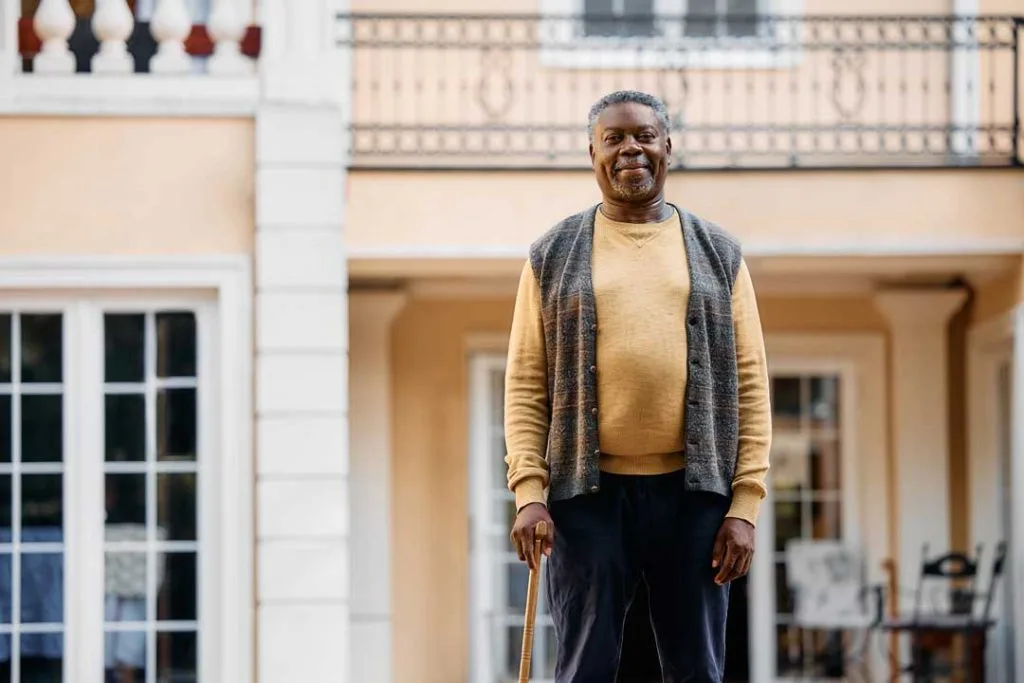
As our loved ones age, ensuring their safety at home becomes an increasing priority. Many households are not naturally designed with the needs of older adults in mind, and even the most familiar surroundings can present risks over time.
Thankfully, with some thoughtful adjustments and the right support equipment, we can significantly enhance home safety and promote greater independence.
Home Safety for Elderly: Simple Changes That Prevent Falls
In this article, we’ll explore practical, evidence-based strategies to create a safer home environment tailored to the needs of older adults, focusing on fall prevention, mobility support and environmental modifications.
Understanding the Risks at Home
Falls are one of the leading causes of injury among older people, often resulting in serious consequences such as fractures or prolonged hospitalisation. According to the World Health Organisation, approximately 30–50% of people aged 65 and over fall each year, with most of these accidents occurring at home.
Common hazards include:
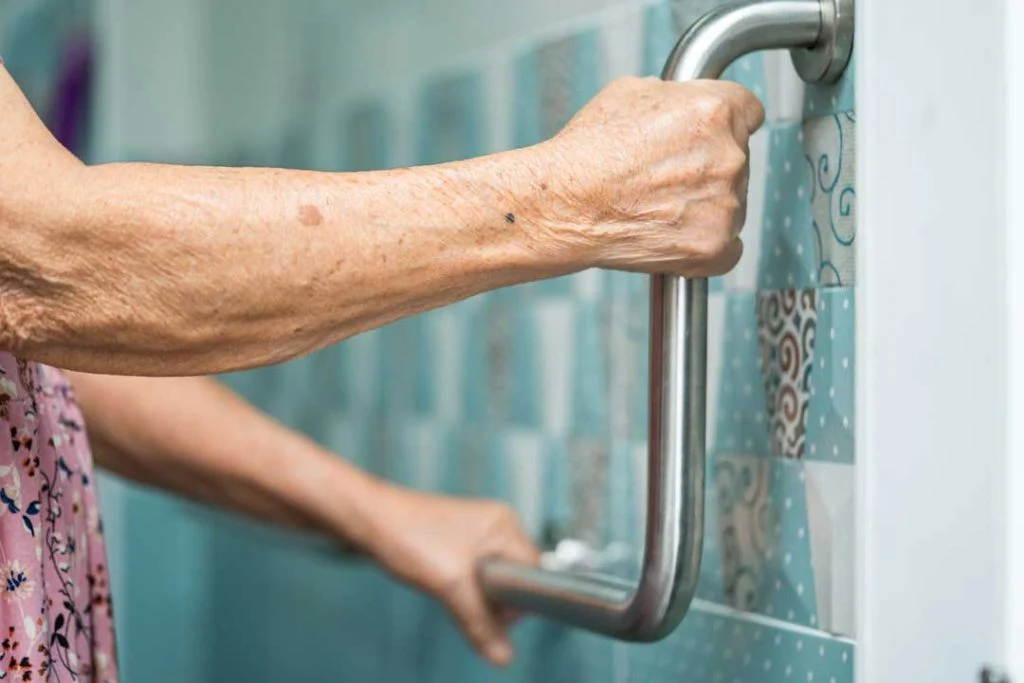
- Slippery surfaces (especially in bathrooms and kitchens)
- Poor lighting in hallways and staircases
- Clutter or unsecured rugs that pose tripping risks
- A lack of supportive fixtures such as handrails or grab bars
Identifying these risks is the first step in creating a secure living environment.
Prioritize Fall Prevention
One of the most crucial aspects of home safety is minimising fall risks. While simple changes like removing clutter and installing non-slip mats are helpful, a more comprehensive approach includes assessing physical ability, vision, and the need for support equipment.
Consider implementing:
- Motion-sensor lighting to illuminate dark areas automatically
- Grab rails in high-risk zones such as bathrooms, bedrooms and hallways
- Bed and chair risers to reduce the effort needed to sit or stand
- Sturdy handrails on both sides of staircases
- Adaptive furniture that encourages proper posture and balance

For those who require a higher level of support, a wide range of Safely and Mobility fall prevention aids is available to make daily activities safer and easier to manage.
Create Accessible Layouts
An accessible home layout supports safer movement and reduces strain. Furniture should be arranged with clear pathways to allow for the use of mobility aids such as walkers, rollators or wheelchairs. Avoid sharp corners and ensure that furniture is stable and difficult to tip over.
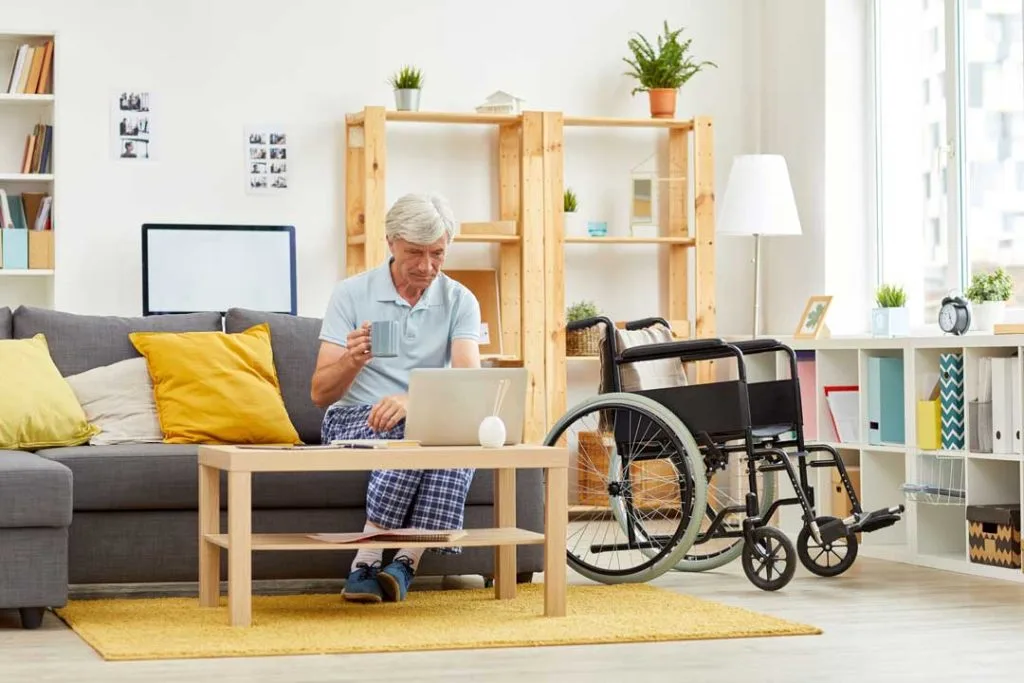
Open spaces are key — not only do they reduce the likelihood of bumping into things, but they also support a sense of confidence in moving about freely. Wherever possible, place commonly used items within easy reach to avoid the need for stretching or bending.
Enhance Bathroom Safety
Bathrooms are among the most hazardous areas in the home due to wet surfaces and tight spaces. Modifications here can have an outsized impact on overall safety.
Recommended adjustments include:
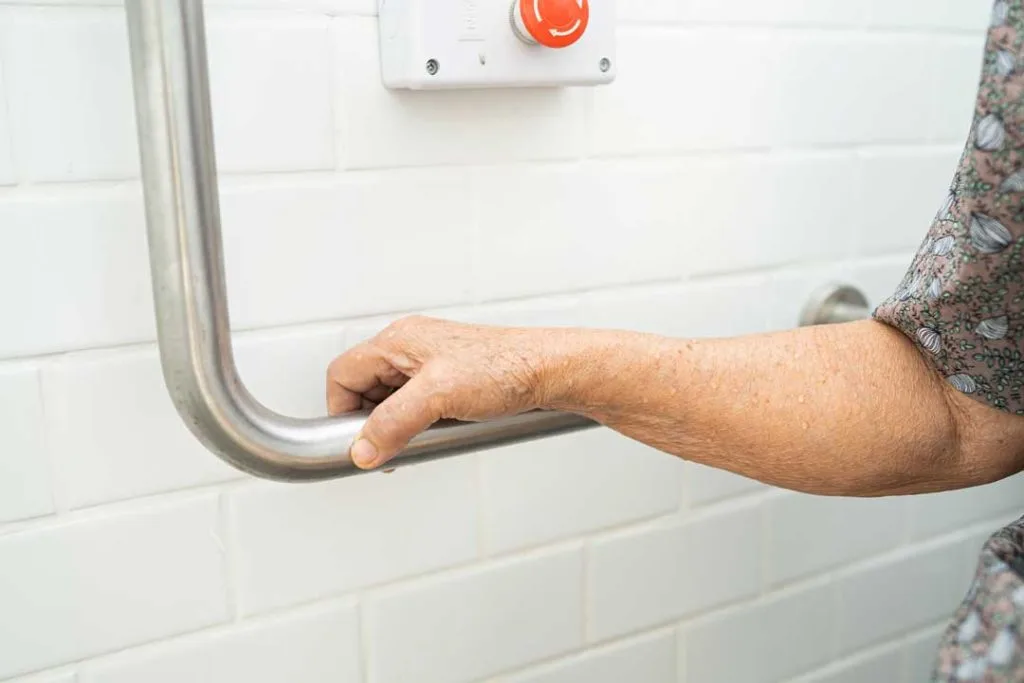
- Wall-mounted grab bars near the toilet and inside the shower
- Shower chairs or stools to assist those with limited stamina
- Raised toilet seats to ease strain on the knees and hips
- Thermostatic mixer valves to control water temperature and prevent scalding
Non-slip flooring and clear, secure pathways to and from the bathroom should also be prioritized.
Support Independent Living
Supporting independence is just as important as ensuring safety. When people feel confident in their ability to perform everyday tasks, they experience better mental health, reduced stress, and improved quality of life.
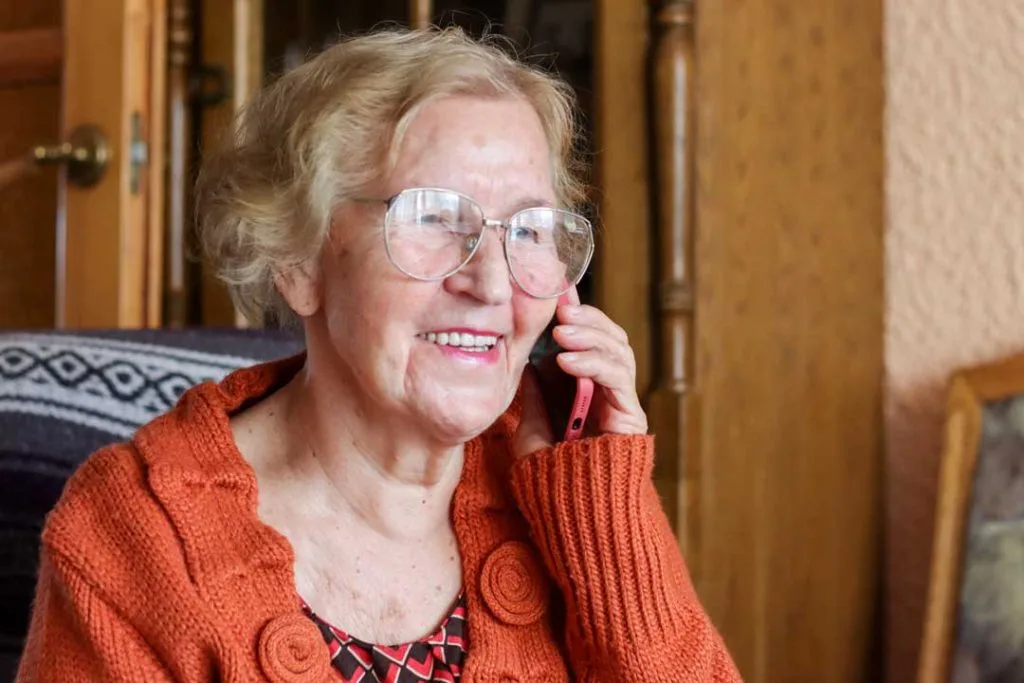
Daily living aids such as reacher tools, easy-grip utensils, and ergonomic dressing aids can make a significant difference. These solutions reduce the need for assistance and promote dignity and autonomy.
Additionally, consider implementing emergency call systems or personal alarms. These devices allow for quick access to help in case of a fall or other emergency, providing peace of mind to both the user and their caregivers.
Communication and Involvement
Creating a safer space isn’t just about the physical environment — it’s also about involving your loved one in the decision-making process. Their preferences, routines and comfort should guide any changes made.
Open communication fosters trust and helps ensure that safety measures are seen as empowering rather than limiting. Where possible, collaborate with occupational therapists or aged care professionals to tailor solutions to the individual’s needs.
Regular Reassessment
As needs evolve, so should the safety measures in place. Conduct regular assessments of the home environment, paying close attention to new challenges or changes in mobility. Even simple seasonal changes — like more time spent indoors during winter — can alter risk levels.
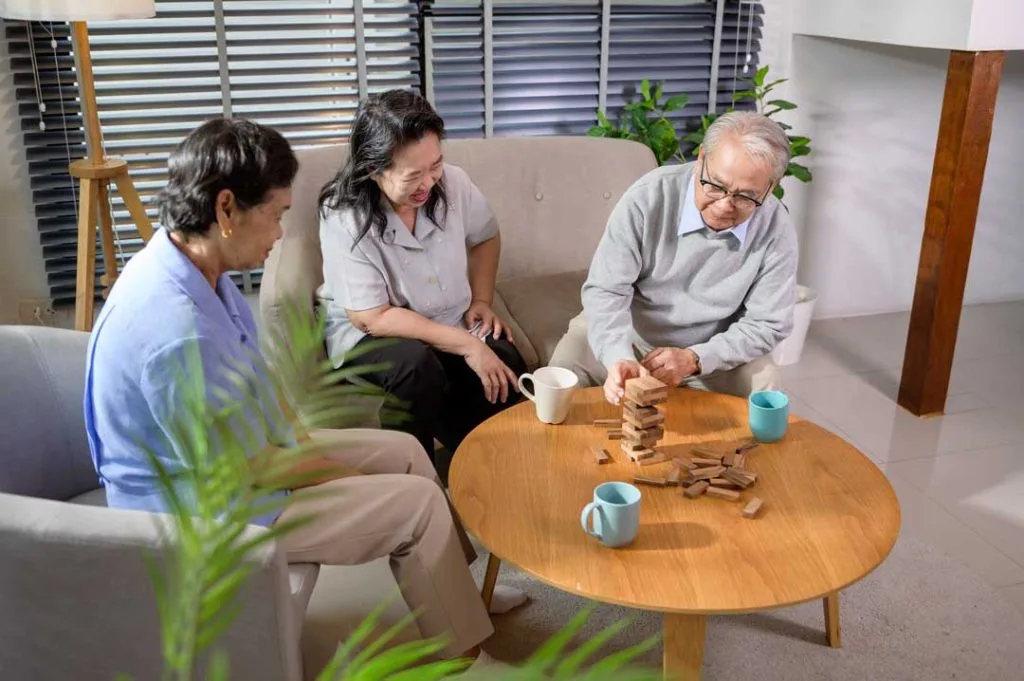
Routine reviews help to keep safety strategies aligned with current health and ability, and they provide an opportunity to introduce more effective aids as they become available.
Creating a Safe Home for Aging Parents: What You Need to Know
Creating a safer home for ageing loved ones requires proactive planning and thoughtful adaptation. By addressing fall risks, enhancing accessibility, and encouraging independence, we can transform the home into a supportive and empowering space.
With the right equipment and approach, safety does not have to come at the cost of comfort or dignity — it simply means our loved ones can continue to enjoy their home life with confidence and care.

Jessi is the creative mind behind The Coffee Mom, a popular blog that combines parenting advice, travel tips, and a love for all things Disney. As a trusted Disney influencer and passionate storyteller, Jessi’s authentic insights and relatable content resonate with readers worldwide.
